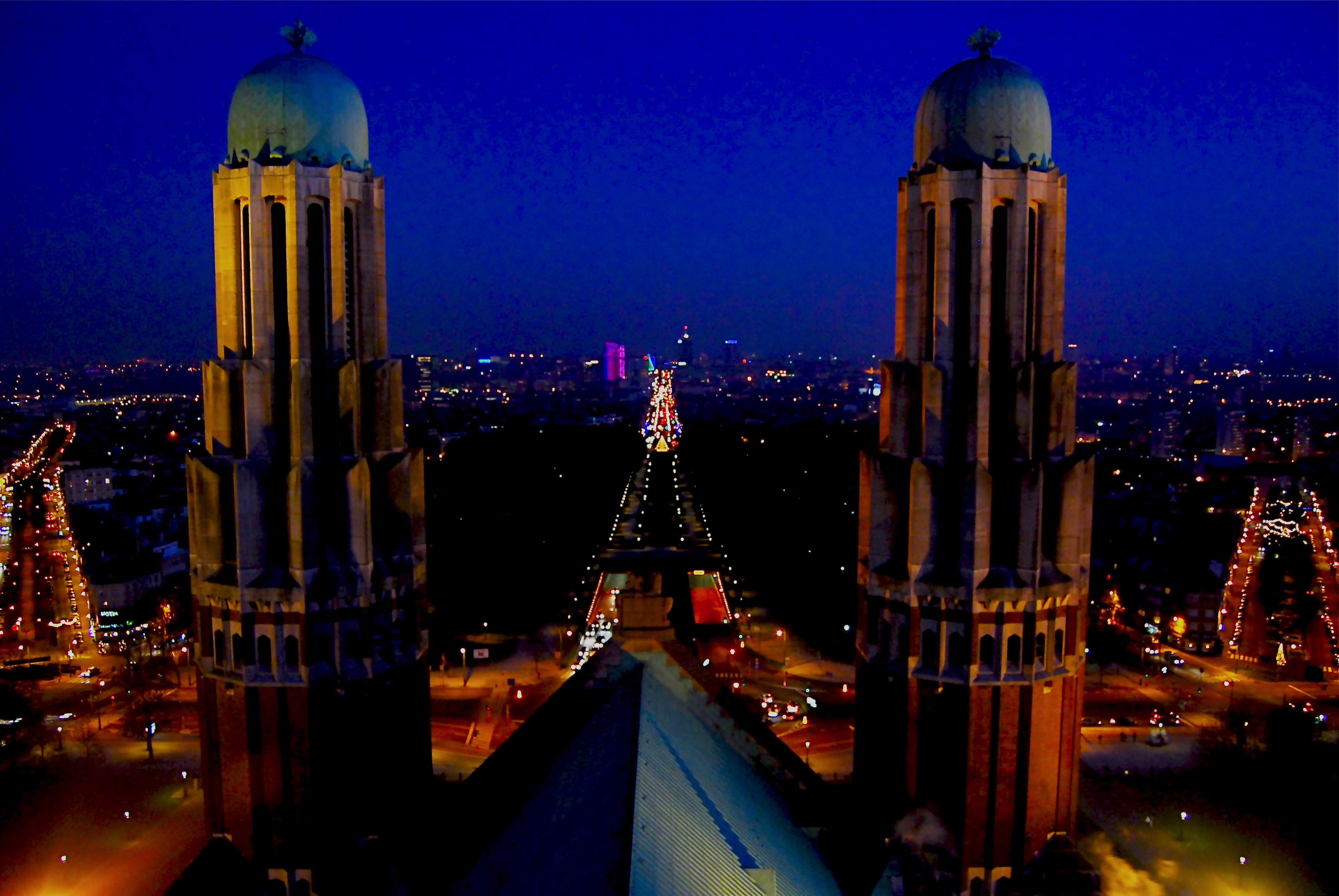By Katie Ellington, News Editor
Explosions in Brussels killed 31 people and wounded 270 Tuesday, just a day after Belgian and French authorities warned the public about the possibility of future terrorist attacks. Investigators have found multiple links between Tuesday’s attacks and the attacks on Paris last November.
While Belgian authorities are still working to identified those killed and injured in the attacks, a U.S. Department spokesman told CNN Wednesday that around a dozen Americans were injured but none were killed. Some Americans, including Stephanie Shults of Lexington, Ky and her husband Justin, are still unaccounted for.
On Tuesday, two suitcase bombs went off shortly before 8 a.m. in the Brussels Airport. A third bomb did not detonate as planned, but was later detonated by officials in a “controlled explosion,” according to CNN. About an hour later, a suicide bomb detonated on the Brussels subway towards the end of rush hour.
Two suicide bombers were killed in the airport blasts. One has been identified as Ibriham El Bakraoui, a Belgian citizen. Bakraoui was caught in Turkey last June and deported to the Netherlands by Turkish officials. Turkish President Recep Tayyip Erdogan told reporters Wednesday that Belgian authorities had been warned that Bakraoui was a “foreign militant;” however, Bakraoui was released from custody since his criminal record did not include known terrorist affiliation.
The second suicide bomber who died in the airport is believed to be 24-year-old Najim Laachraoui, whom CNN identified as an “ISIS bomb-maker” and a suspect in the Paris attacks.
Officials are still trying to locate a third terrorist, whose image was captured via airport security cameras. The man came in with Bakraoui and Laachraoui, placed a bomb in the airport and left. His identity is currently unknown.
Bakrauoi’s brother, Khalid El Bakraoui, detonated the subway bomb. Since December, authorities have identified three safe houses, all located in Belgium, that were allegedly rented by Khalid El Bakrauoi using false identification. Each of these safe houses appears to be linked to terrorism efforts. In December, fingerprints from two suspects in the Paris bombing were found in a safe house in Charleroi. On March 15, police found the fingerprints of Salah Abdeslam, believed to be the only surviving Paris attacker, in a safe house in Brussels. (Abdeslam was arrested three days later.)
After the bombings in Brussels, a taxi driver led police to a third safe house, where he had picked up the three airport bombers earlier that morning. According to a statement from the federal prosecutor’s office, investigators found an ISIS flag and chemical products in the apartment. These chemical products were identified as triacetone triperoxide (TATP). CNN National Security Analyst Peter Bergen said TATP is a popular choice for jihadist terrorists because it is easier to acquire than military-grade explosives.
Photo credit: Vainsang via Foter.com / CC BY-NC-ND


